The rotary and B-unit arrived in Roseville, Calif., in early 2014 after upgrades at Iowa’s Relco locomotive shops. But due to lack of snow and teething issues related to the rebuild, the unit was not called out for a “test” in the snow until Monday, March 14. That’s when it ran up Donner Pass to spend the night at Norden, Calif., for testing on main track 2 the next day between east and west Norden. March 15 started off clear and cold with more than seven feet of snow on the ground. The railroad used bulldozers and a large ballast regulator to move than five feet of snow into the path of the 207. The morning started off slow while the onboard crew members familiarized themselves with the new systems. Once everything was sorted out, crew members put the rotary through its paces and gave a show to the 15 or so people that had gathered to watch.
The rebuild includes new crew comforts, computerized controls, and steam generators in place of boilers. The original four D67 traction motors in the 207 that powered the fan on the rotary were replaced with two modern AC-power traction motors.





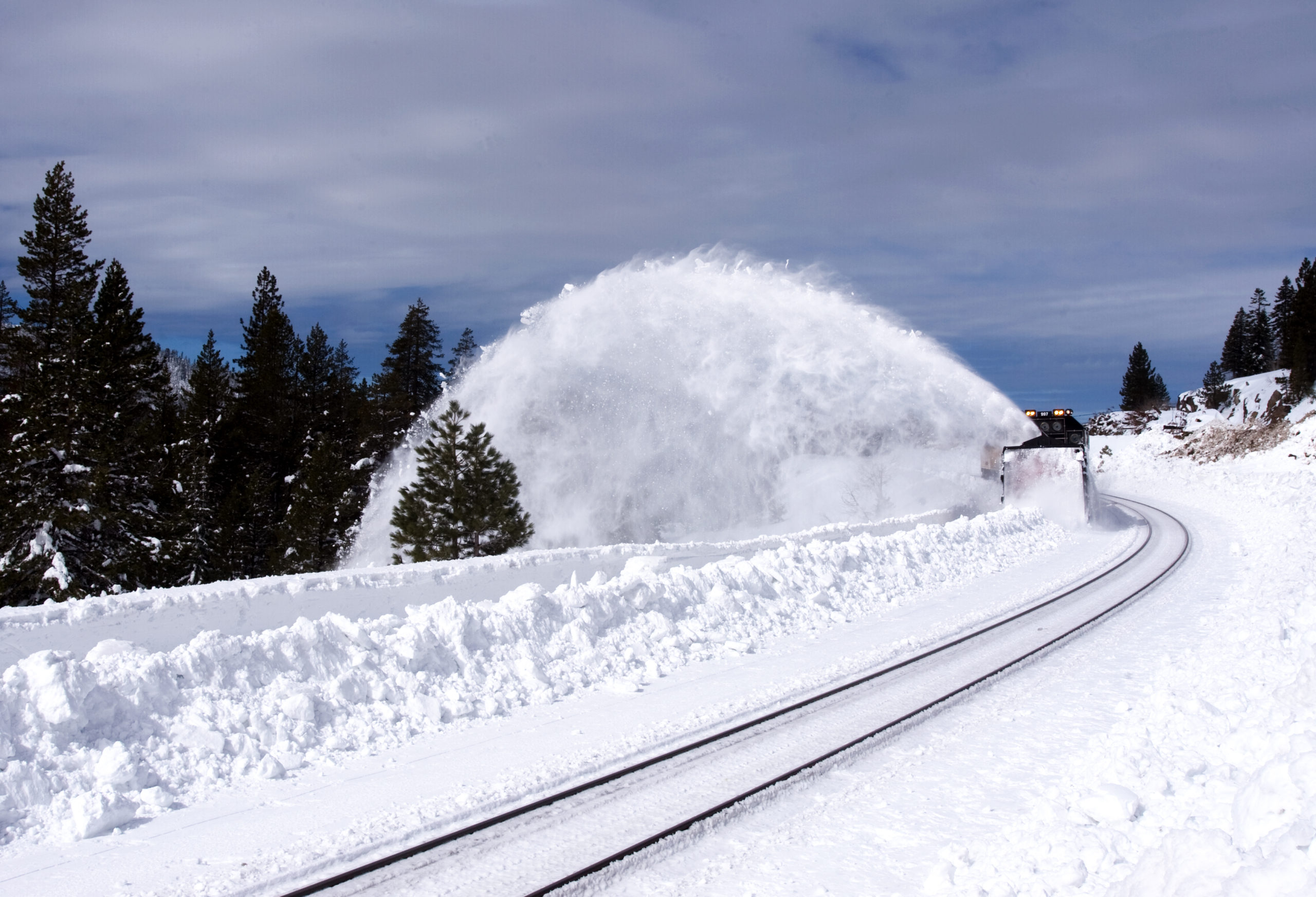
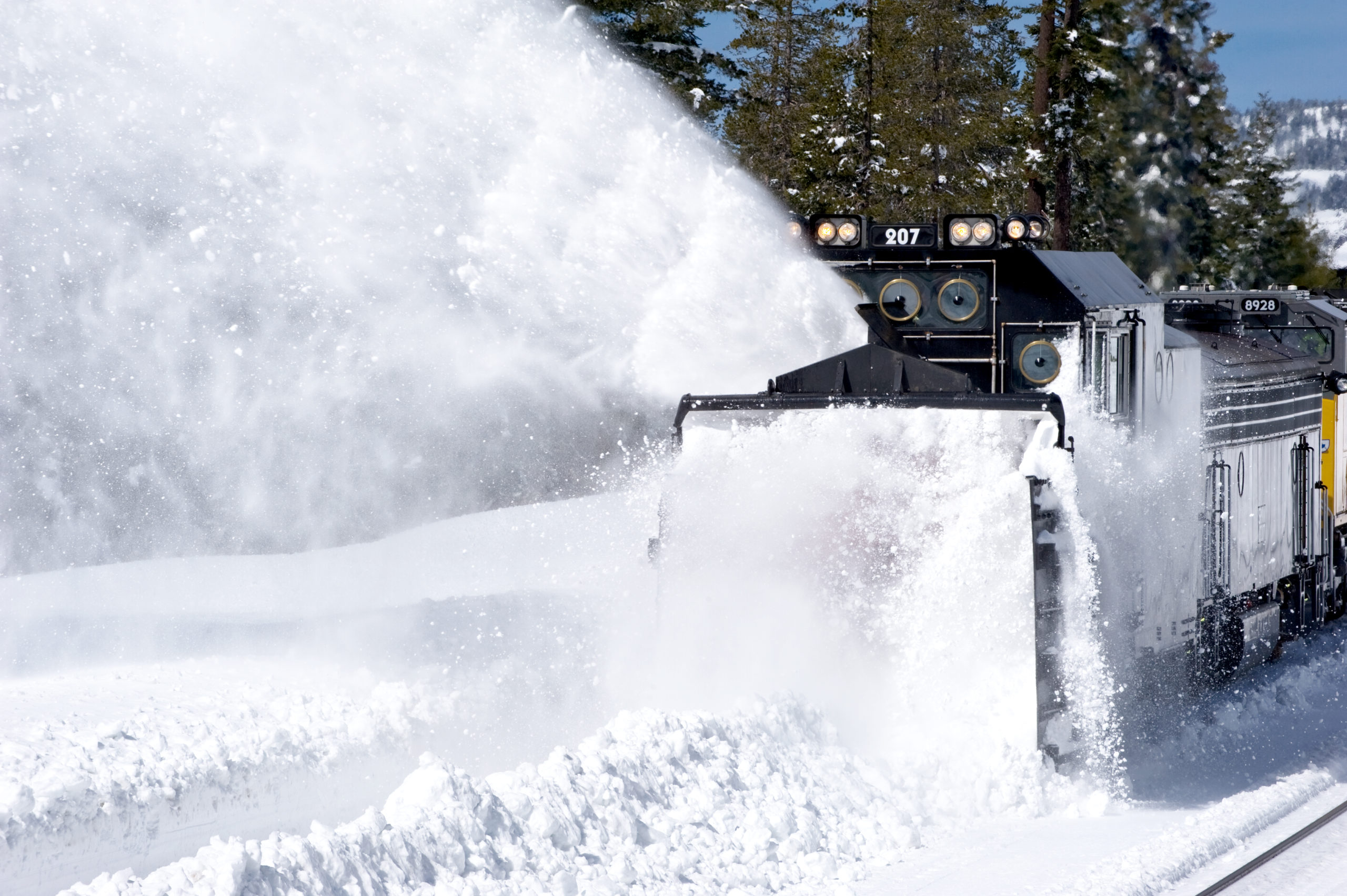
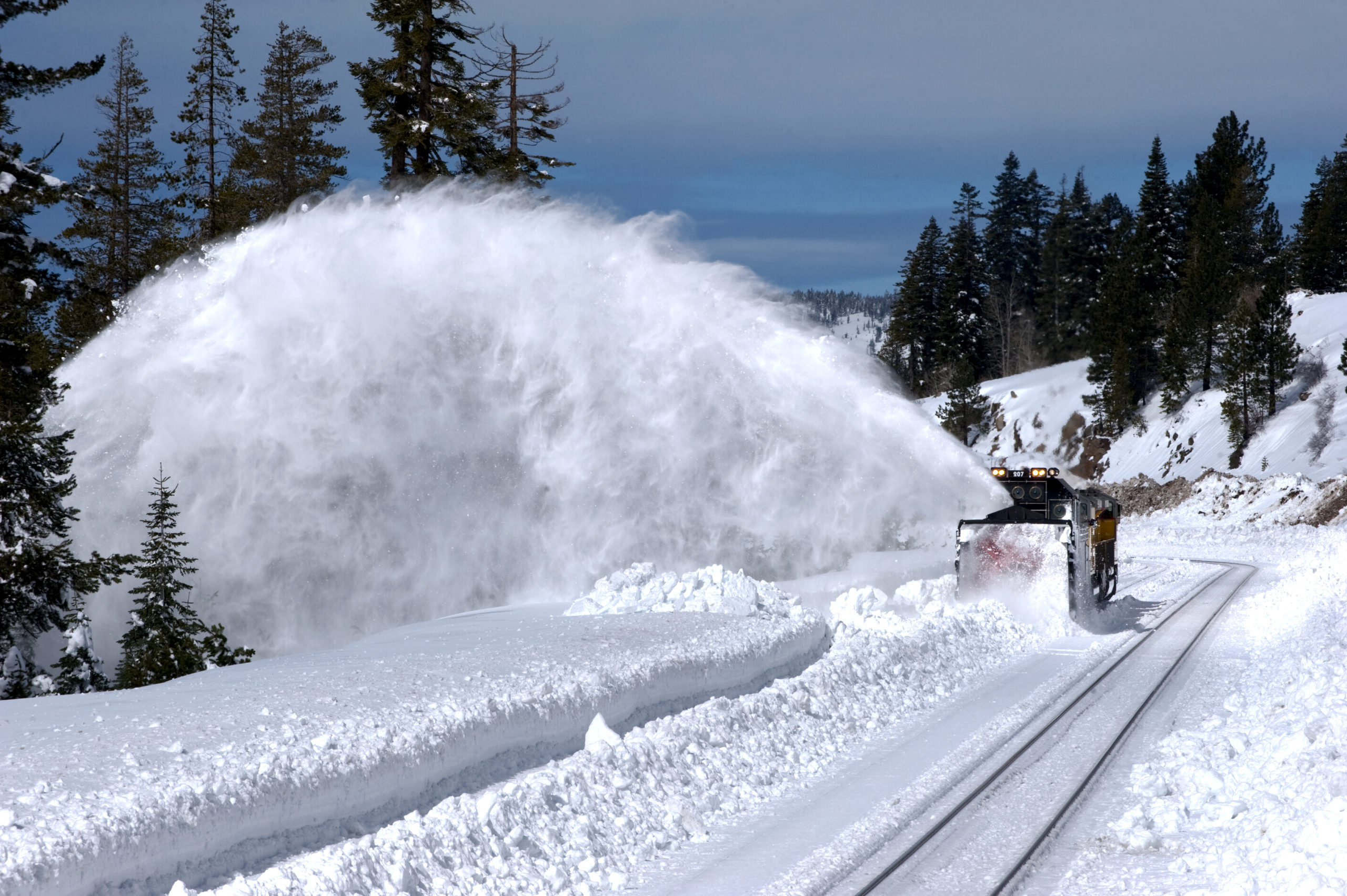

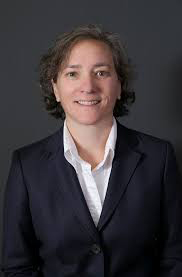
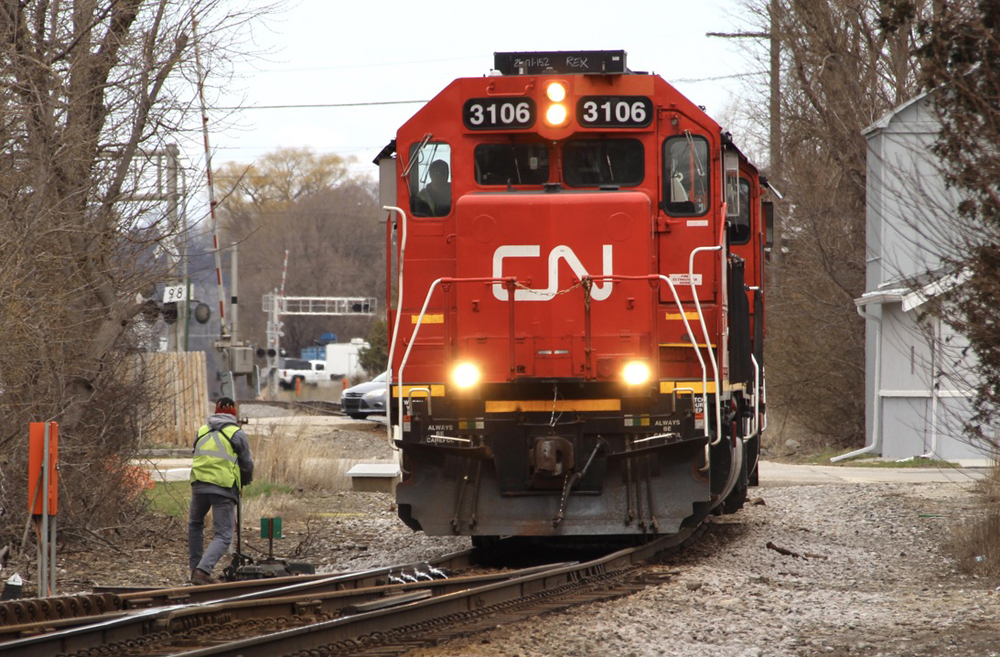
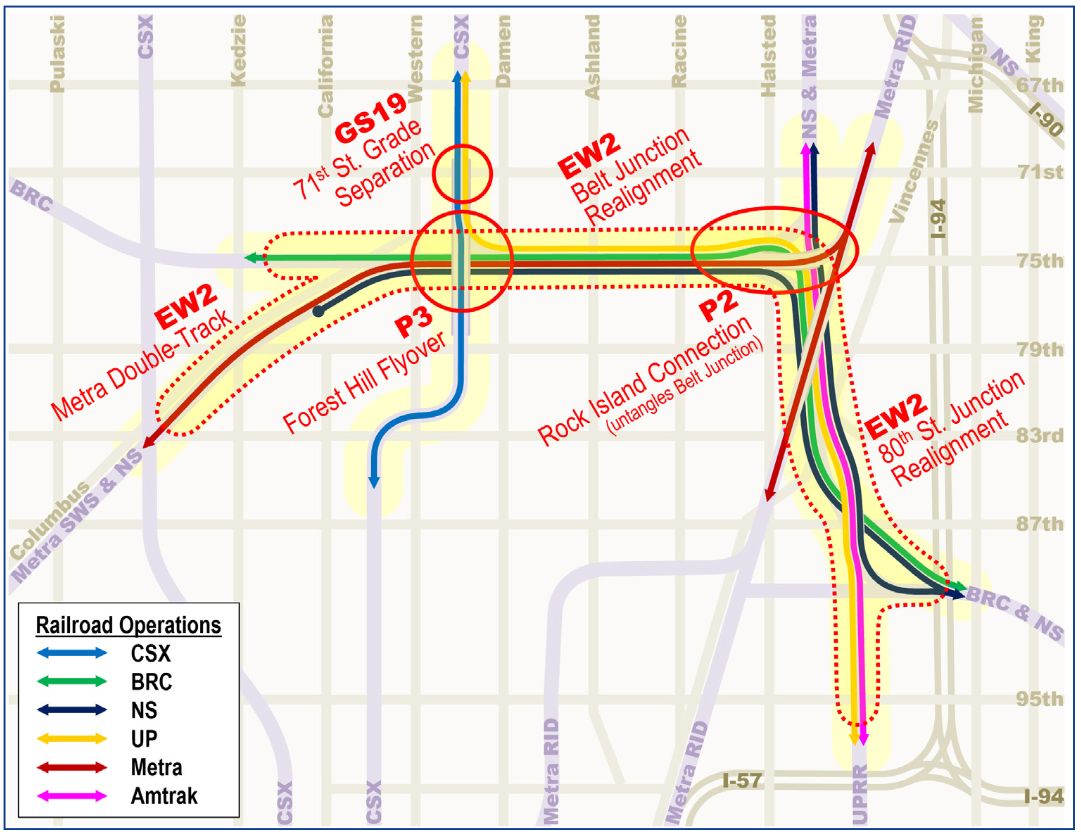
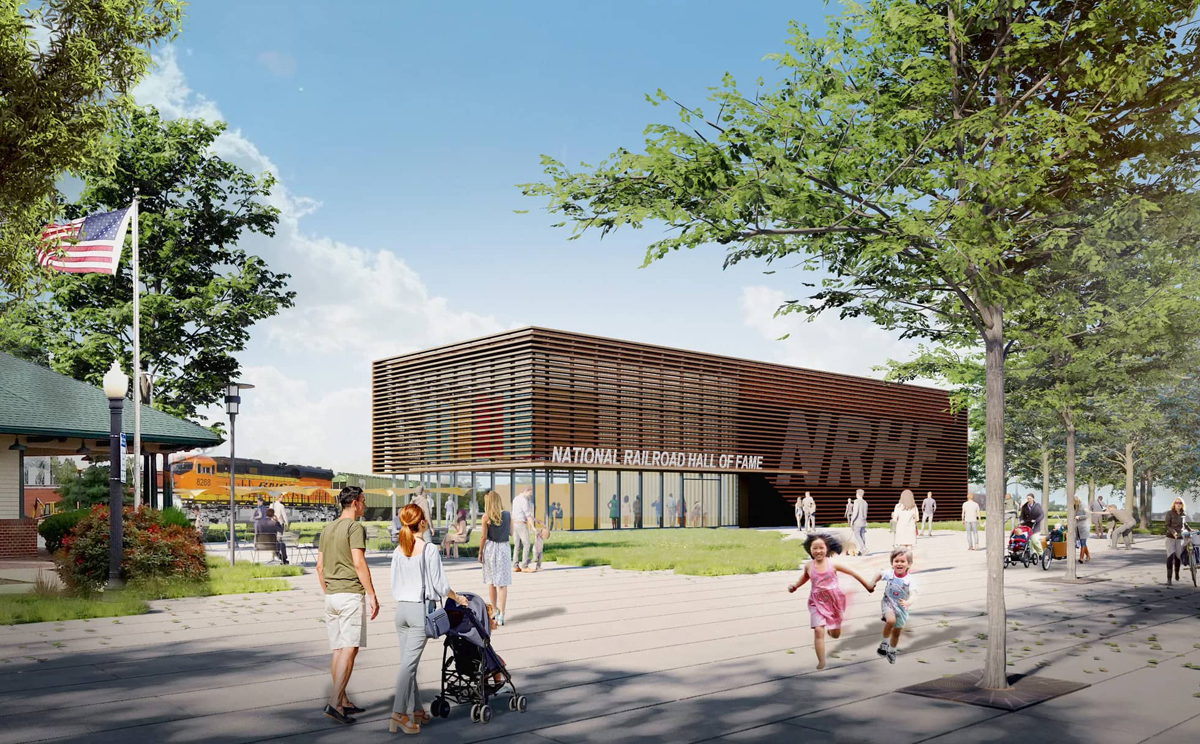




The article's statement that "steam generators replaced boilers must be incorrect and the overall narrative about the recent rebuild is not clear.
Let's check our facts: SP removed the locomotive-type boilers in all their rotary plows in the 1950s. These dieselized rotaries all employ(ed) de-motored F7B units with steam generators to supply steam to warm the rotary blades, prevent frozen air brakes lines and offer pressurized steam to blow a secondary "hooter" whistle that augmented a loud Nathan 1-note air horn. More importantly, the B-unit's EMD 567C prime-mover and electrical generator send current to the rotary blade's rotational motors. The rotary cannot actually propel itself over the road; it must be shoved by other locomotives.
Other than AC power and substitution of newer traction motors on the rotary blade and additional headlights, what has actually been done? I see what appears to be an enlarged operator cab, and removal (!?!) of the very versatile snow-gathering wings SP added to these machines to enhance their ability to chew through "Sierra concrete". If those wings were removed, that was a foolish decision!
I do not think the blades are heated.
beautiful pictures. Hope somebody got some video. what does it sound like?
A video with sound would have been neat.
Rotaries are the rarest beauty in railroading. Thanks for the wonderful images. How many Rotaries does the UP now operate? How many does the BNSF own and operate when needed?
Otto Mears ordered one of the first NG rotaries for his Silverton Railroad, but when it was delivered, Otto Mears was then building his new Rio Grande Southern RY and it was instead delivered to the new town called Ridgway, as RGS #01. The RGS #01 was never operated on the railroad for which it was ordered.
I'm even worse in person
Wow, Mr. Menair… First off, is the editor of this piece also a rotary plow expert to dissect all the details? Second, it says "boilers replaced with steam generators". Not sure what those are my self, but guessing machines that generate steam? Pictures and text of these units have been around as long as the machines themselves. Most folks with a passing interest know they're pushed, and that steam powered fans were replaced with traction motors years ago, so just guessing the whole bit about traction motors that power the fan being updated is about the traction motors that power the fan.
Ask questions if your not sure, but to call out and belittle the work of a person who is simply cleaning up the info given them is a wee bit picky. Jimmanee, it's a hobby we all have here. Chill out and enjoy it. You wanna critic editing? Join a writing club.
The way it used to work is that it is not self propelled. It relies on a locomotive to move. I see a locomotive in the second picture so assume it still is this way. The steam boiler was used to heat the blades as well as the wings. I believe the steam generator fulfills this purpose. As to the B unit and its motor, it is what provides the power that turns the blade. SP initially used retired B units for this when the rotaries were rebuilt in the 70s. So, the new AC motors should be for this purpose. The B units never propelled the rotaries. That's why when SP ran the rotaries after the rebuild, there was typically 5 SD motors with them.
Yeah not too impressed with the copy editing on this piece. Did they mean 'electric generator' instead of 'steam generator'? Does it have the ability to move under its own power or does it only generate power to turn the blades? And B-unit? Like an F7B or an F9B? Also unclear. Can it MU with motive power or does it operate under standard pusher radio command?
They may still use the steam to heat the blades
I understood that steam made the cutting blades turn. While the forward and aft movement of the entire apparatus is a modified AC locomotive
And computerized controls is it now a starship in hiding?
Also if the rotary is powered by AC traction motors what do they need a steam generator for?
Running one of those is probably more fun than the 4th of July for a 13 year old boy!